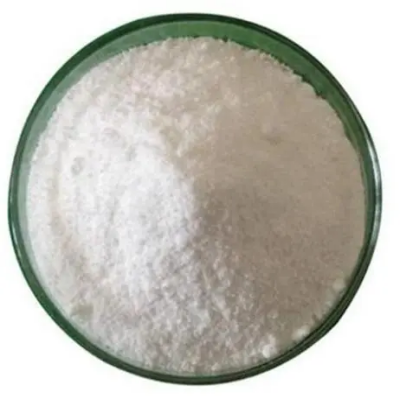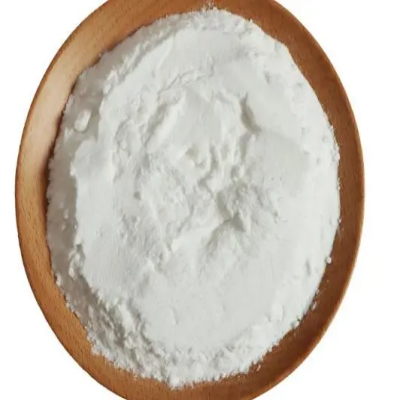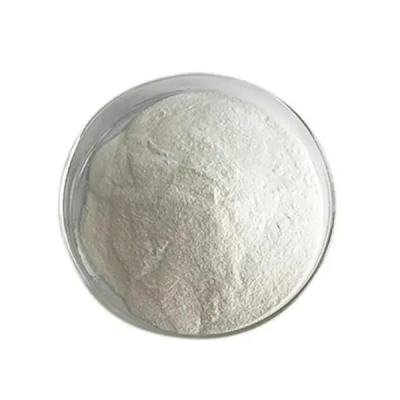Chloroamphenicol CAS:56-75-7
Chloroamphenicol has several important applications, particularly in the fields of medicine and research. One of its primary uses is in treating serious bacterial infections, especially those caused by strains resistant to other antibiotics. It is effective against a variety of pathogens, including Haemophilus influenzae, Neisseria meningitidis, and certain strains of Streptococcus and Staphylococcus. Its broad-spectrum activity makes it a valuable option for treating conditions such as typhoid fever, meningitis, and severe respiratory infections when other treatments are ineffective or contraindicated. In addition to its therapeutic uses, chloroamphenicol is utilized in topical formulations for eye infections, such as conjunctivitis and keratitis. It is commonly found in ophthalmic solutions due to its ability to penetrate ocular tissues effectively, providing localized treatment for bacterial infections while minimizing systemic exposure. Chloroamphenicol also plays a role in veterinary medicine, where it is used to treat infections in animals. However, regulations regarding its use in food-producing animals vary by region due to concerns about antibiotic resistance and residue in meat products. Moreover, in laboratory settings, chloroamphenicol is frequently used as a selective agent in microbiological studies. It allows researchers to create conditions that favor the growth of certain bacterial strains while inhibiting others, thus facilitating genetic studies, cloning, and antibiotic susceptibility testing. Despite its utility, the use of chloroamphenicol is subject to caution due to potential adverse effects, notably the risk of aplastic anemia, which can occur even with short-term use. Consequently, its prescription is generally reserved for cases where alternative antibiotics are not viable, highlighting the importance of careful clinical judgment in its application. In summary, chloroamphenicol is an effective antibiotic with significant roles in treating bacterial infections in humans and animals, as well as in research applications. Its broad-spectrum activity provides a critical tool for combating resistant infections, although its potential risks necessitate prudent use.






| Composition | C11H12Cl2N2O5 |
| Assay | 99% |
| Appearance | white powder |
| CAS No. | 56-75-7 |
| Packing | Small and bulk |
| Shelf Life | 2 years |
| Storage | Store in cool and dry area |
| Certification | ISO. |









